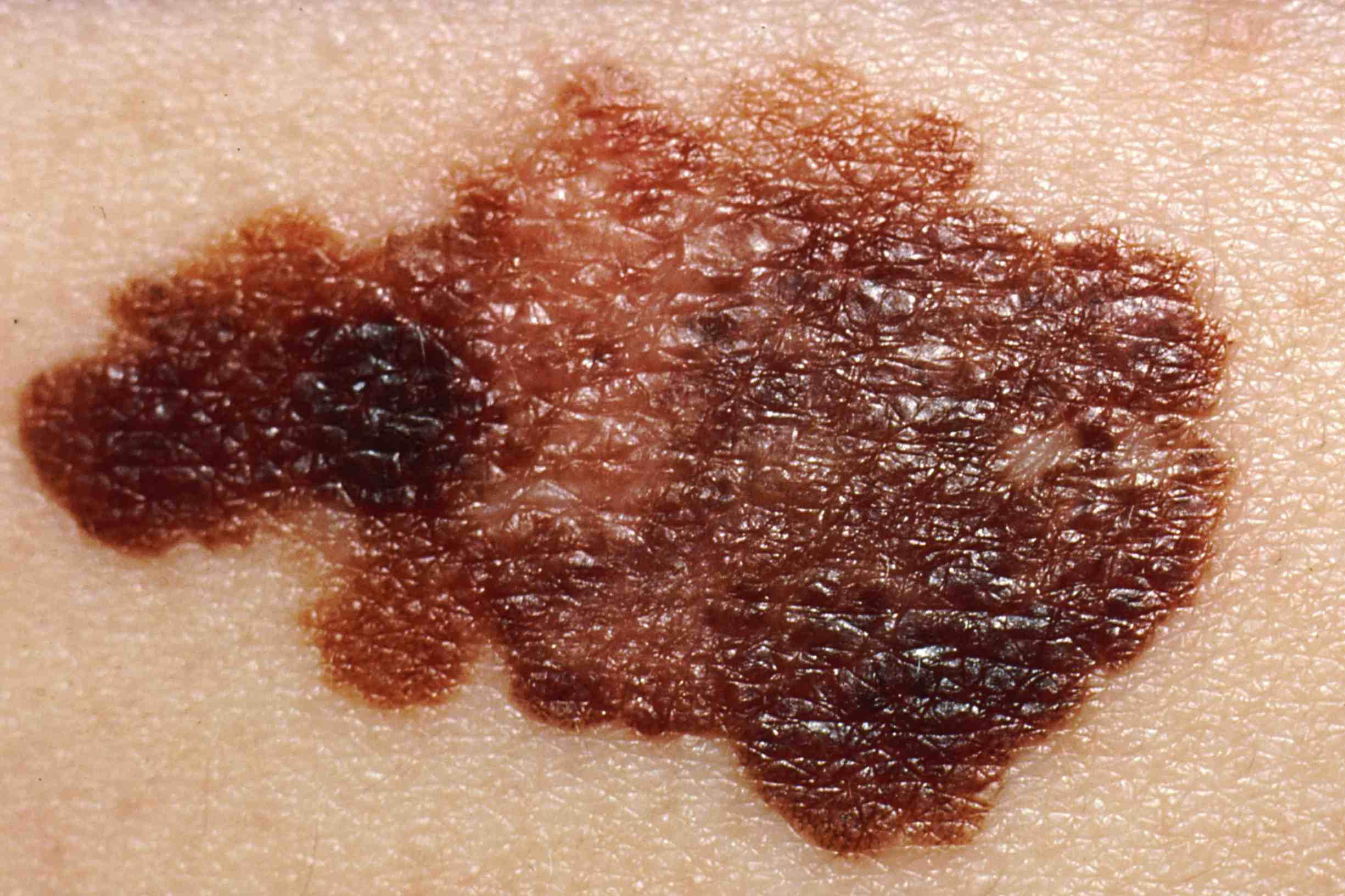
How to recognise and treat melanoma
Melanoma is a tumour that often arises from moles. The dermatologist explains the types of melanoma, how it is diagnosed and the treatments available
Melanoma is a malignant tumour that originates in the skin and, more rarely, in the eyes and mucous membranes
It is caused by the transformation and proliferation of melanocytes, which normally reside in the basal layer of the epidermis.
In recent decades it has been steadily increasing and is one of the main tumours occurring in young people: in Italy 50% of melanomas occur under the age of 60, with the incidence increasing with age.
Types of melanoma
It is possible to distinguish 4 clinical types of melanomas, according to the way they grow:
- superficial spreading
- nodular;
- lentigo maligna type;
- acral lentiginous type.
Superficial spreading melanoma
This type, as the word itself implies, concerns the formation of the tumour in the superficial part of the dermis and can occur
- ex novo;
- as a degeneration of pre-existing moles that change shape and colour (jagged outlines).
It is more common in young people and women.
Nodular melanoma
Nodular melanoma accounts for 9-15% of all melanomas and is the cause of 43% of deaths from melanoma.
It can occur at any age, although it is more common in the elderly, and affects both sexes.
It is a very aggressive tumour with a poor prognosis due to the rapidity of infiltration and metastatic spread.
Lentigo maligna
Lentigo maligna is a slow-growing m. in situ (circumscribed) that usually arises on photodamaged skin.
Women are more affected than men, with a peak incidence between the ages of 70 and 80.
Acral lentiginous melanoma
Finally, the last type, acral lentiginous, is among the most serious forms.
It involves atypical sites and may affect:
- hands
- feet;
- the nail bed;
- mucous membranes (mouth, nose, genitals).
It mainly affects dark-skinned people and is most often diagnosed late.
Read Also:
What Is A Tumour And How It Forms
Rare Diseases: New Hope For Erdheim-Chester Disease


